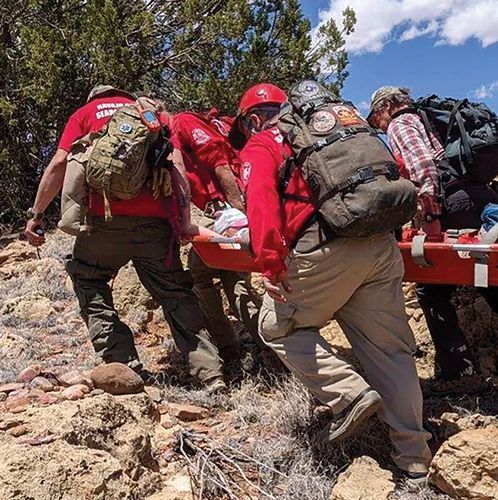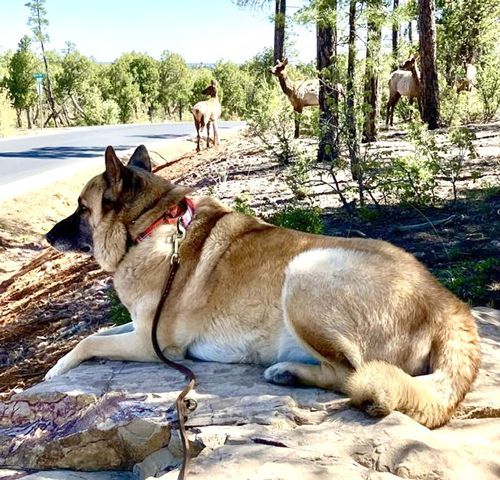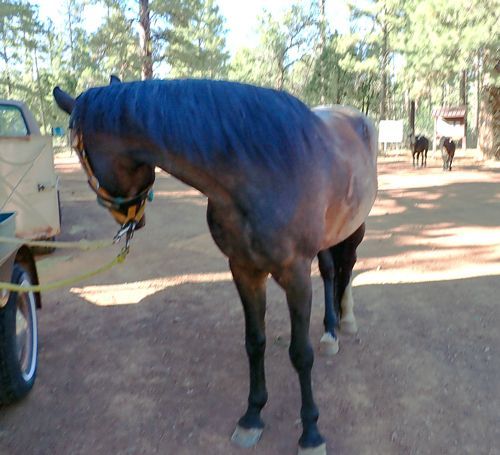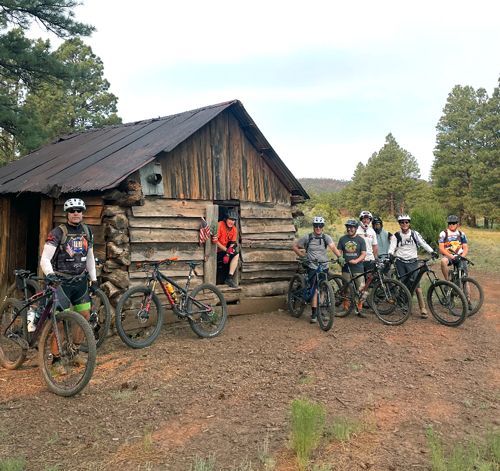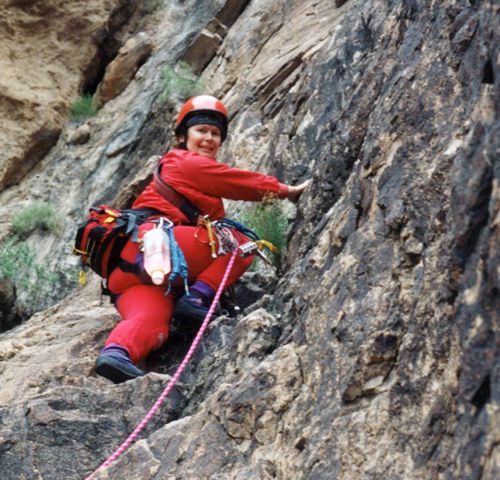Be safe in the sun!

Heat Emergencies can be Deadly
By Marcy Schlaufman, RN, M.Ed
Extremely high temperatures are affecting countries around the world this summer. According
to the CDC, an average of 702 heat-related deaths occur in the U.S. every year with an estimated 68,000
Americans seen in the emergency room for heat-related illnesses. The summer heat is in full swing with
the official last day of summer being September 23 this year. If you are spending time outside this
summer, being prepared with an awareness of heat illnesses could save your life or the life of someone
you know. Exposure to abnormal or prolonged periods of heat (dry heat or humid) without relief or
adequate fluid intake can jeopardize life.
Heat illness results as the body becomes unable to bear the heat load of the environment. The
CDC reports that prolonged exposure to high heat can start with heat rash or sunburn. Advancing in
safety concerns are heat cramps, heat exhaustion, and ultimately heat stroke. These latter conditions
are serious and should be treated as a health emergency.
A heat rash shows up as clusters of small blisters that appear like pimples on the skin. They
usually appear on the neck, chest, groin, and/or elbow creases. Go to a cool setting, keep the rash dry,
and apply powder, such as baby powder for comfort. Sunburn is painful, red, and warm skin. Get out of
the sun, take a cool bath, apply moisturizing lotion or aloe, drink extra water, and do not break any
blisters.
Heat cramps are muscle pain or spasms that result from intense exercise and sweating. They
can be caused by extreme dehydration and an imbalance in the body’s sodium levels. Stop all physical
activity, move to a cool place, remove excess clothing, and lie down. Drink water, clear juice, or a sports
drink with salt and sugar. Resume outside activities only after the cramps have subsided. Seek medical
attention for cramps lasting longer than an hour, if you are on a low-sodium diet, or if you have heart
problems.
Some of the symptoms of heat exhaustion are high body temperature, heavy sweating,
dizziness, nausea, headache, extreme thirst, fatigue, decreased urine output, and a weak and rapid
pulse. Cool, moist, pale skin with goosebumps and a normal body temperature can also be an
indication of heat exhaustion. Treat heat exhaustion as mentioned for heat cramps and spray or sponge
the victim’s body with cool water. Call 911 for a worsening condition such as fainting, vomiting,
agitation, confusion, seizures, inability to drink, and a core body temperature of 104 degrees F.
Recovering from heat exhaustion can take several days.
The most serious of heat illnesses is heat stroke; it is the next level of heat complications after
unresolved heat exhaustion. The body can no longer control its temperature, the temperature is rapidly
rising, and the sweating safety mechanism fails (no sweating) which impairs the body’s ability to cool
itself. The body’s temperature can rise to 104 degrees F or higher in 10-15 minutes. The symptoms are
the same for heat exhaustion, now with possible rapid breathing, flushed/dry skin, racing heart rate,
throbbing headache, slurred speech, delirium, staggering, and irritability. Heat stroke can cause
permanent damage to body organs (including the brain), coma, or death. This is a medical emergency;
act quickly, call 911, or get medical care immediately. First aid while waiting for medical care includes
moving the affected person to a cool area, removing tight or extra clothing, and elevating their feet.
Wrap them in a cool wet sheet, or sponge them with cool water, and use a fan. Place cold water bottles
in the armpits, wrists, on the back of the neck, and at the groin. Complications from heat stroke can last
months in a survivor.
Prevention of heat illnesses includes drinking plenty of fluids during outdoor activities (even
sunbathing). The best fluids are water and de-caffeinated sports drinks that contain electrolytes. Avoid
alcohol and drinks with caffeine such as tea, coffee, and colas which could lead to dehydration. Wear
light-colored, lightweight, and loose-fitting clothing. Use sunglasses, hats, umbrellas, and sunscreen with
an SPF of at least 15. Plan your strenuous activities for cooler times of the day; monitor weather
forecasts. Take frequent rest breaks in shady or cool areas. Try to spend as much time in the cool
indoors as possible during extremely hot days. Remember not to leave children, the elderly, or pets in
the car in the summertime. The National Weather Service states the temperatures inside a vehicle can
reach 120 degrees F in minutes and can approach 150 degrees F in less than an hour. Be heat-wise,
enjoy summer activities, and stay safe.
*This article is a general guide for heat-related illnesses and first aid awareness. It is not intended to
replace medical advice and/or treatment.

